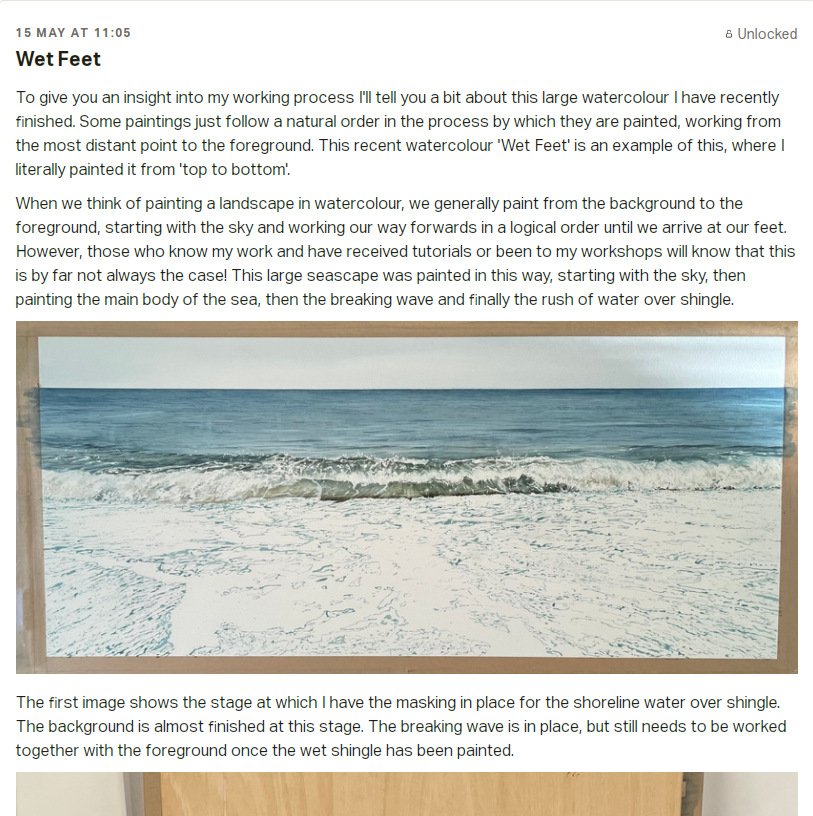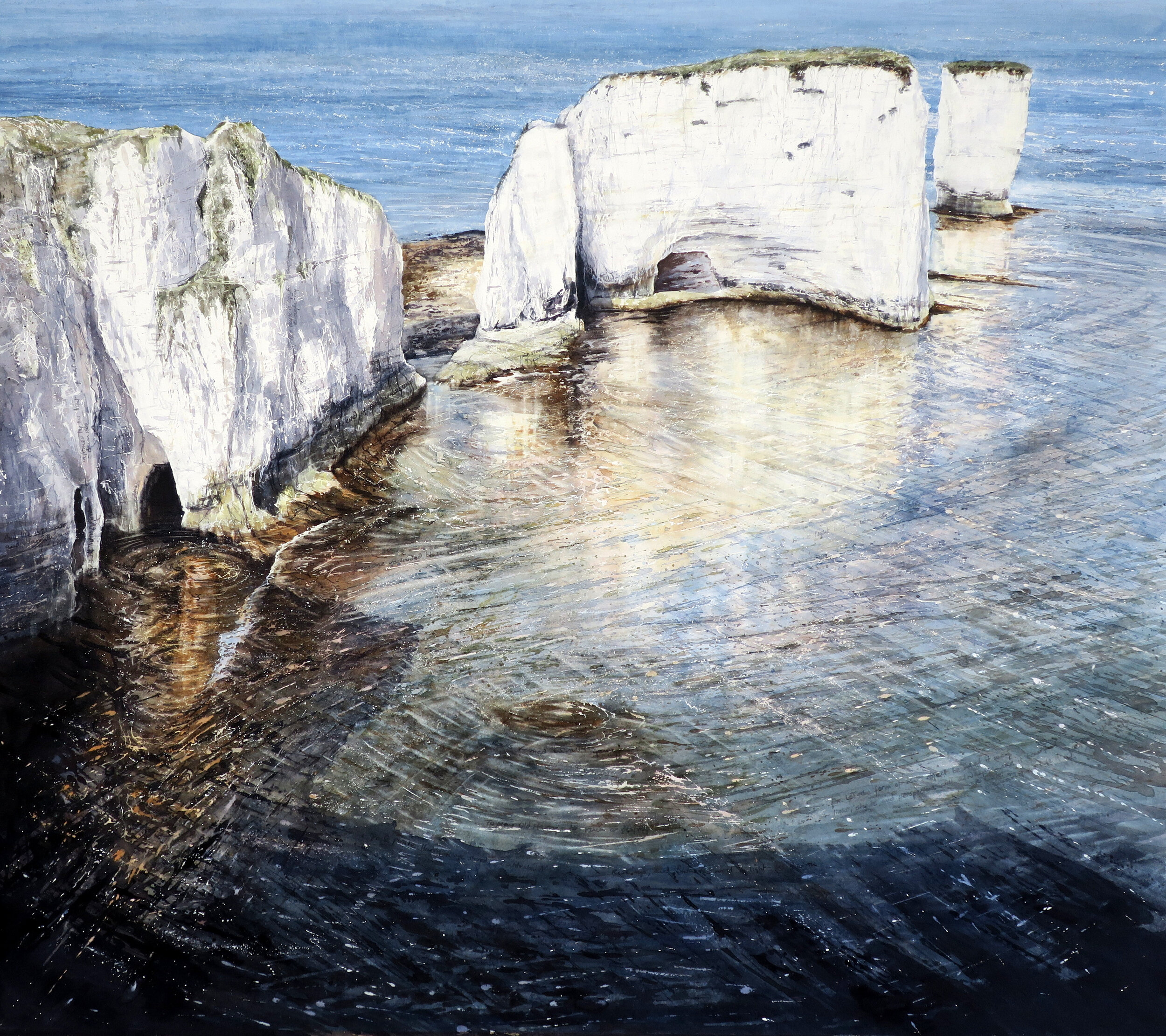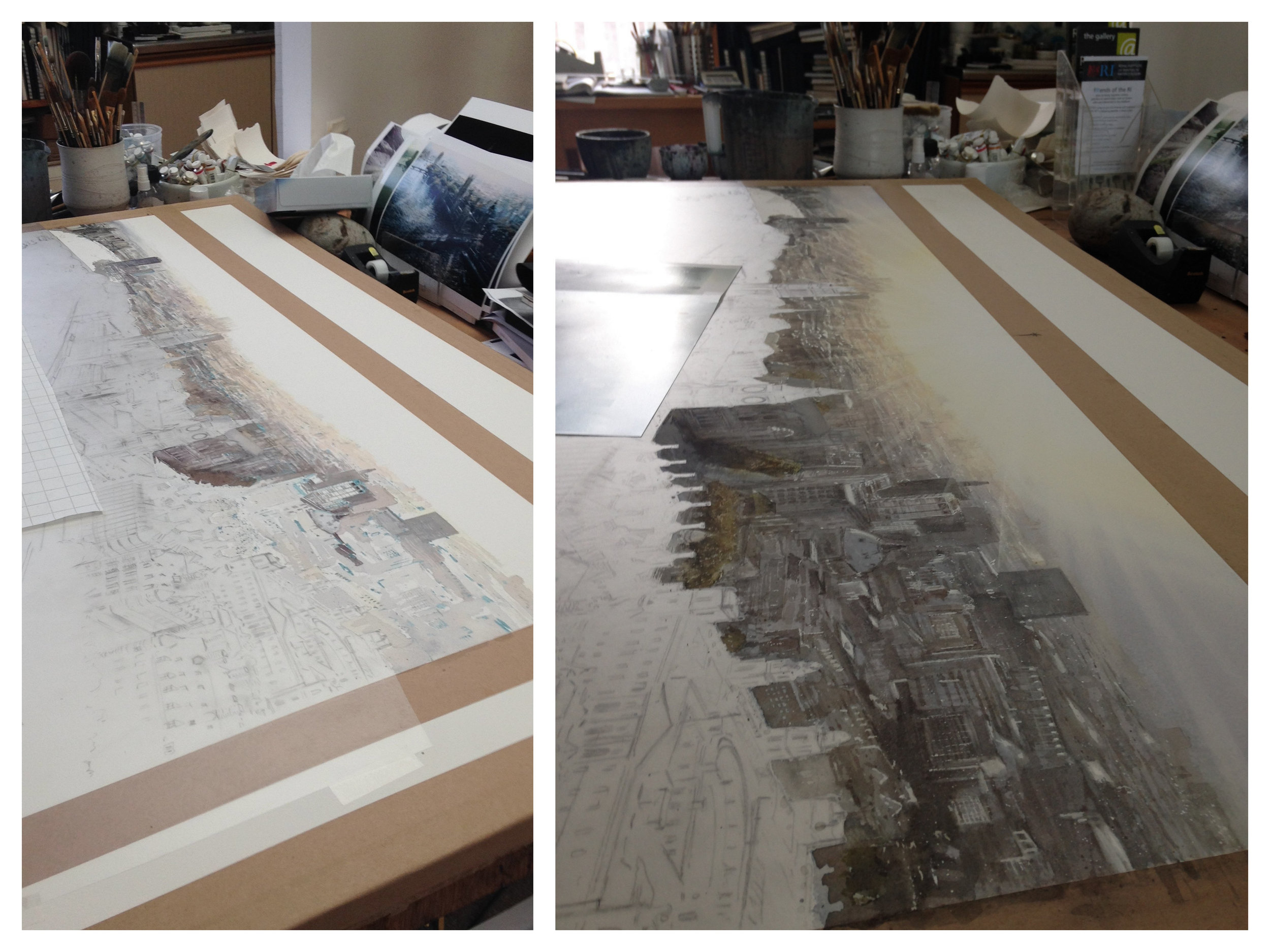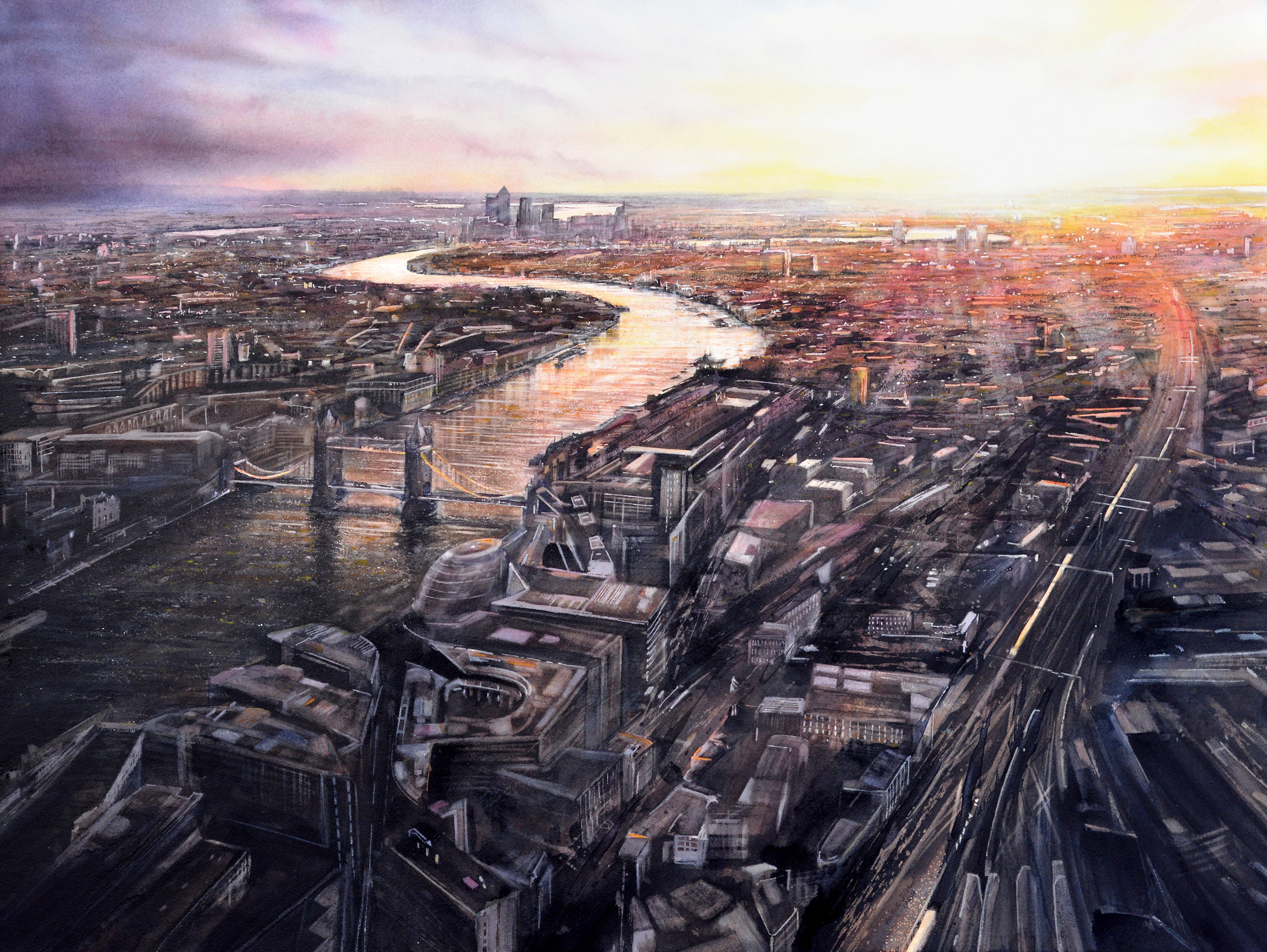Here’s another excerpt from a recent Patreon article…
There are all kinds of reasons why artists sometimes struggle to create and many titles and reasons have been attributed to this inactivity, or failure to engage. The common name used for this is 'artist's block', but I think this is a rather grand and overarching title that doesn't really explain the experience that covers so many emotions, causes and effects. If you look up the meaning of 'artist's block' it describes a situation where you've run out of motivation or can't find inspiration to continue working. As a landscape painter that doesn't really fit my experience, because the landscape is always there to inspire me. I’m motivated, as the rational me wants to paint, but I can’t get started…….
I engage in activities of work avoidance, actively looking for anything else that needs doing instead of painting. I find ways, consciously or unconsciously, to avoid doing that which gives me joy. Why?! There are many theories as to why we do this, but one explanation I like is that when we are creating we are making something new that hasn't existed before. The possibility of failure therefore, (in our own eyes), is very real and it's scary! So to engage in familiar activities known to us is easier and we keep busy with those to offset starting this new, scary creation that could so easily go wrong and the guilt we feel for avoiding starting it, against what we were intending and actually love to do. This, however, leads to frustration and unease in the long term, which is ultimately destructive. Failure is actually fundamental to the creative process. If you don't fail you never learn and improve.
So how do I break the cycle?……..Find out by going to https://www.patreon.com/DebWalkerRI and joining my Patreon Friends



















































